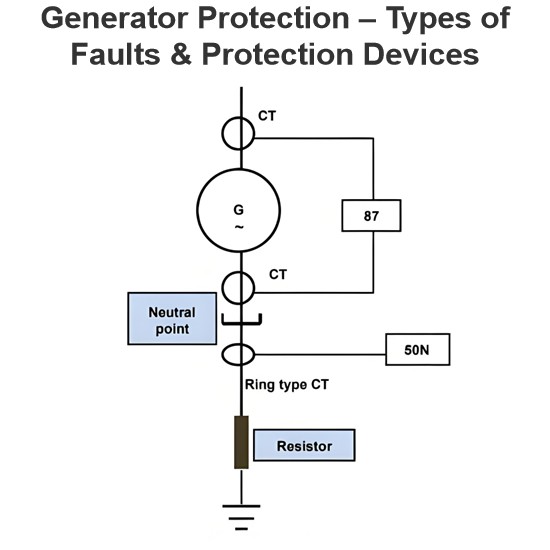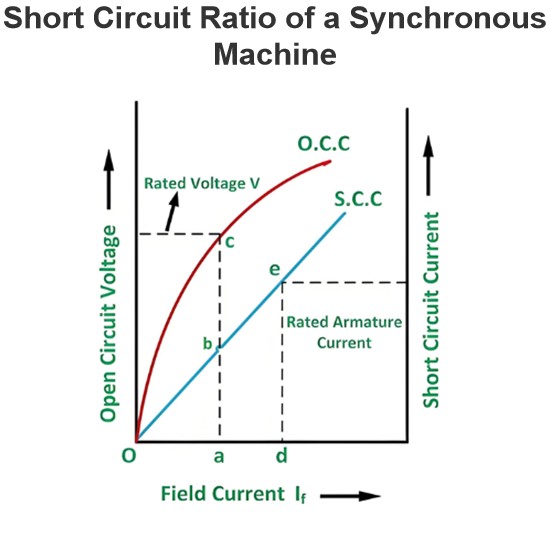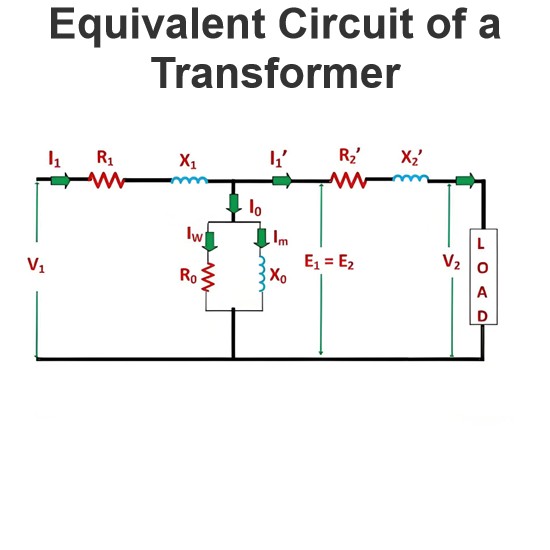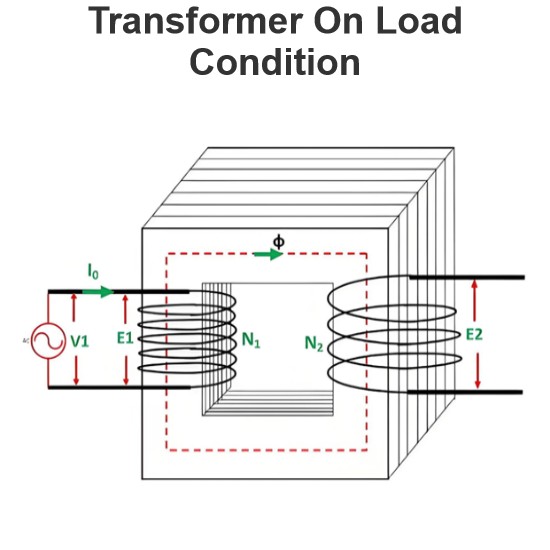What is tha Impulse Test of Transformer?
The purpose of the pulse test
Detection of partial discharge
Partial discharge refers to the discharge phenomenon that occurs at the air gap or impurity in the insulation material under the action of high voltage electric field, which may gradually destroy the insulation system.
Evaluate the degree of insulation aging
By analyzing the characteristics of partial discharge, you can evaluate the degree of aging of the insulation material.
Identify potential insulation failures
Problems such as moisture, filth, bubbles, or mechanical damage.
Method of pulse test
Pulse Current Method (PCM)
Principle: By applying a short high-voltage pulse, the partial discharge inside the transformer is excited, and the pulse current generated by the partial discharge is captured.
Equipment: Using a pulse current tester, this instrument is capable of generating high voltage pulses and capturing current pulses generated by partial discharge.
Procedure
Disconnect the power supply to the transformer.
Connect the pulse current tester to the winding of the transformer.
A high voltage pulse is applied and the current pulse generated by the partial discharge is captured.
The pulse current waveform is analyzed to determine the characteristics of partial discharge.
Pulse Voltage Method (PVM)
Principle: By applying high voltage pulse, the partial discharge is excited and the voltage change generated by the partial discharge is captured.
Equipment: Using a pulse voltage tester, this instrument is capable of generating high voltage pulses and capturing voltage changes generated by partial discharge.
Procedure
Disconnect the power supply to the transformer.
Connect the pulse voltage tester to the winding of the transformer.
A high-voltage pulse is applied and the voltage change generated by the partial discharge is captured.
The voltage waveform is analyzed to determine the characteristics of partial discharge.
Test considerations
Safety first: Since high pressure is involved, safety procedures must be strictly followed during testing.
Environmental conditions: The test should be carried out in a dry, dust-free environment to reduce external interference.
Equipment calibration: Test equipment should be calibrated regularly to ensure the accuracy of test results.
Data analysis
Partial discharge level: The severity of partial discharge can be assessed by analyzing the amplitude and frequency distribution of pulsed current or voltage.
Pattern recognition: Through pattern recognition technology, different types of partial discharge can be distinguished, so as to locate the cause of the fault.
Trend analysis: Through trend analysis of data from multiple tests, it is possible to monitor changes in the health of the transformer insulation system over time.
The Electricity Encyclopedia is dedicated to accelerating the dissemination and application of electricity knowledge and adding impetus to the development and innovation of the electricity industry.













